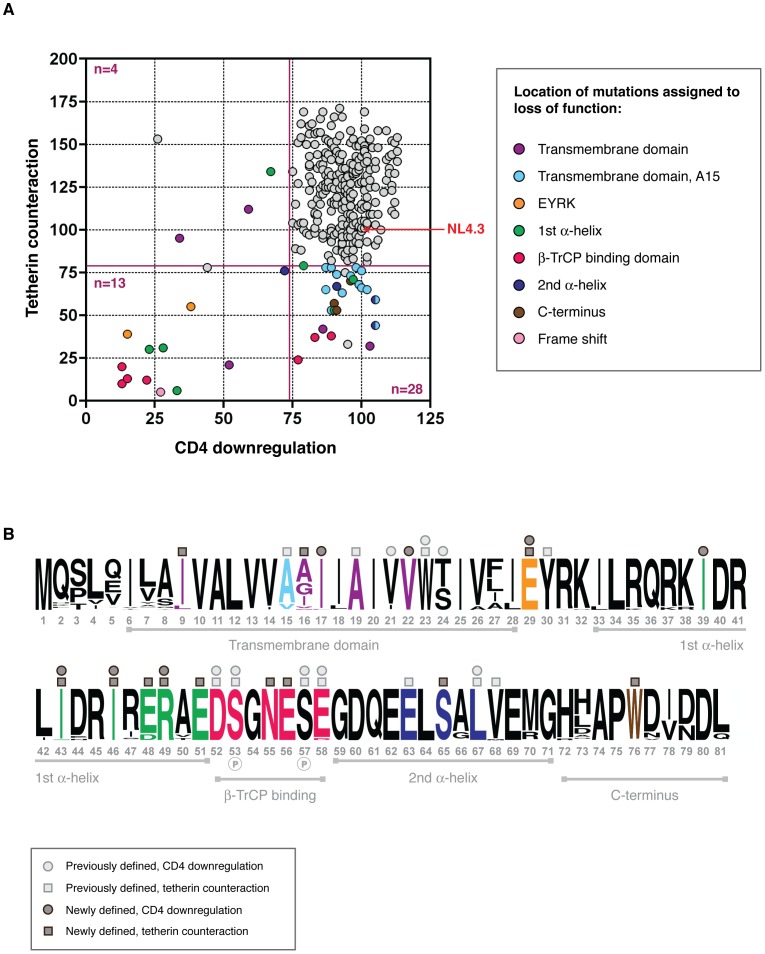Figure 4. Structure-function analysis of sub-optimal and non-functional Vpus.
(A) Functional profiles for the 304 tested Vpus, shown as tetherin counteraction vs CD4 downregulation, with both functions measured as a percent of NL4.3 Vpu activity (100%, indicated by red arrow; see Figure 2 for details). Non-functional and sub-optimal Vpus were defined as 0–73.7% of NL4.3 Vpu function for CD4 downregulation, and 0–81% for tetherin counteraction, determined by one standard deviation below the mean activity of all Vpus tested. Cutoffs are indicated by dark red solid lines. Vpus were categorised according to whether they were defective for tetherin counteraction (n = 28), CD4 downregulation (n = 4), or both (n = 13), then compared to their closest functional relatives and to the Vpu population as a whole, to pinpoint the amino acid changes responsible for the defect. Each defective/sub-optimal Vpu is coloured according to the location of the inactivating mutation, as detailed in the key, and then highlighted in (B). (B) A logo plot of the 304 natural Vpu proteins, illustrating the variation at each amino acid position at the population level and annotated to show the major domains of the Vpu protein. Amino acids with previously known contributions to tetherin counteraction and/or CD4 downregulation are indicated by light grey squares and/or circles above the relevant position, respectively. Sites attributed to loss of function in this study are coloured according to (A) and indicated by dark grey squares and/or circles for tetherin counteraction and/or CD4 downregulation. Only the position, rather than the amino acid identity, is shown; for the specific mutations see Figure S4. Note that an unannotated residue does not necessarily mean it is not essential to either or both of the functions, but rather that this site was invariant. See Figure S4 for further details, and Table S1 for the complete database of Vpu sequences and functions.

